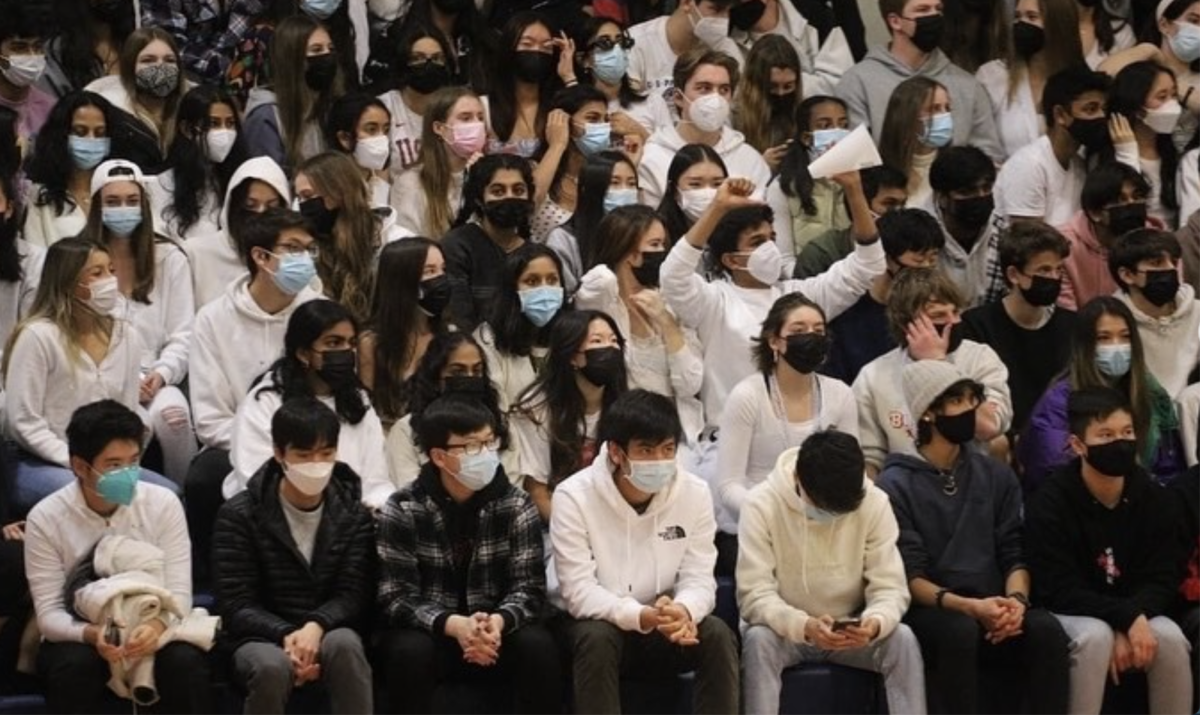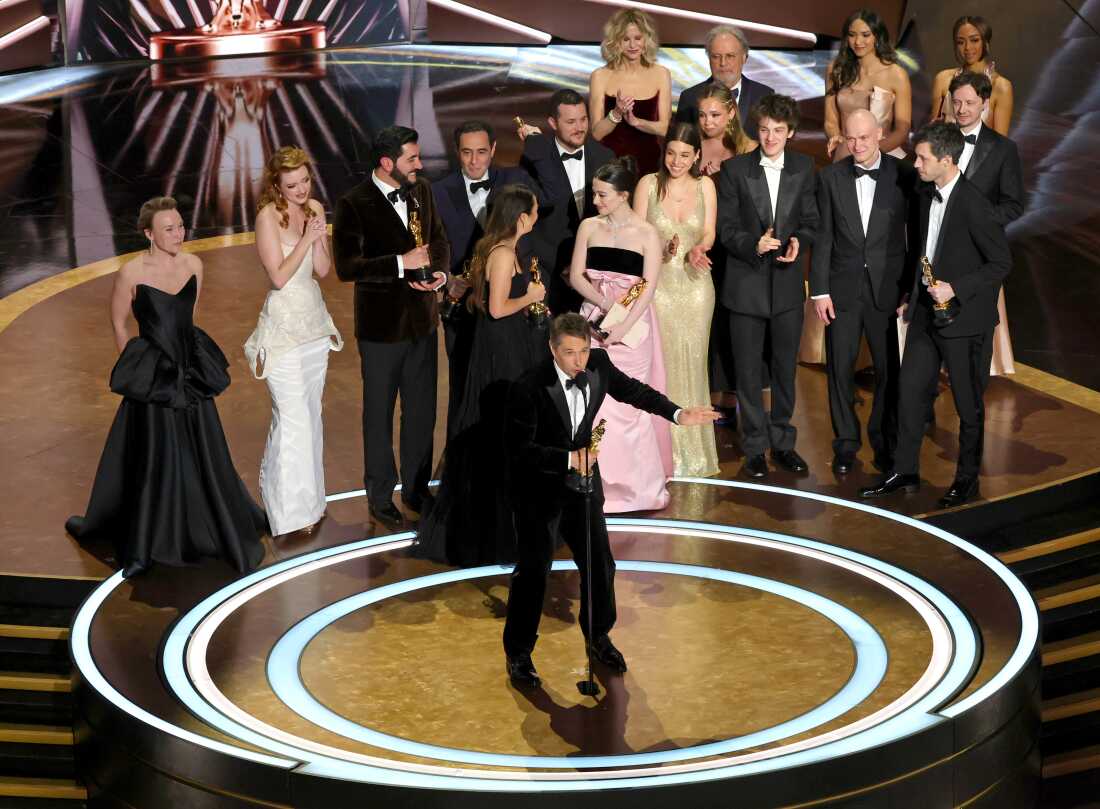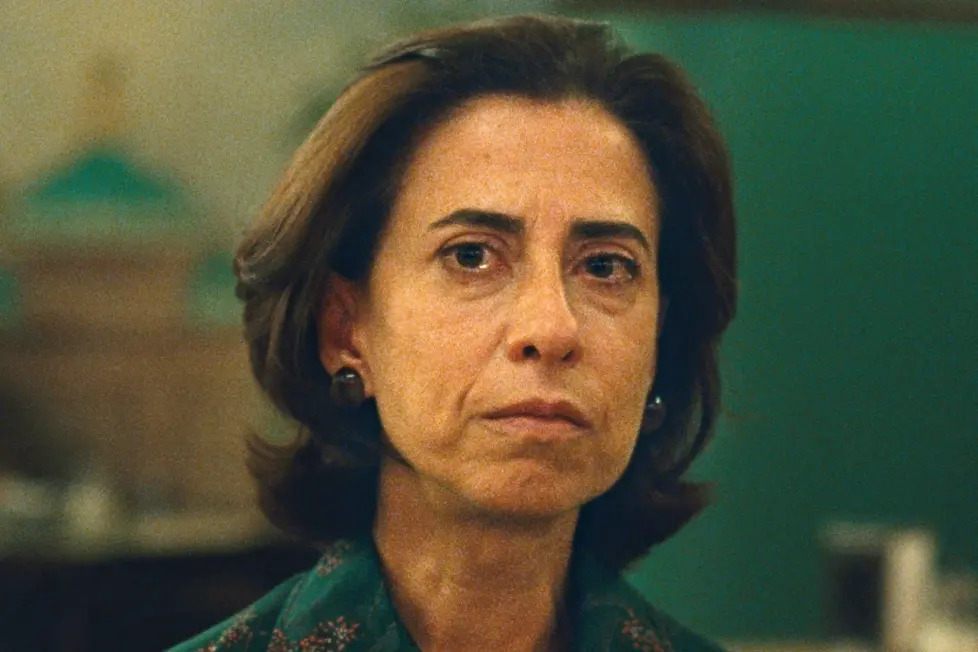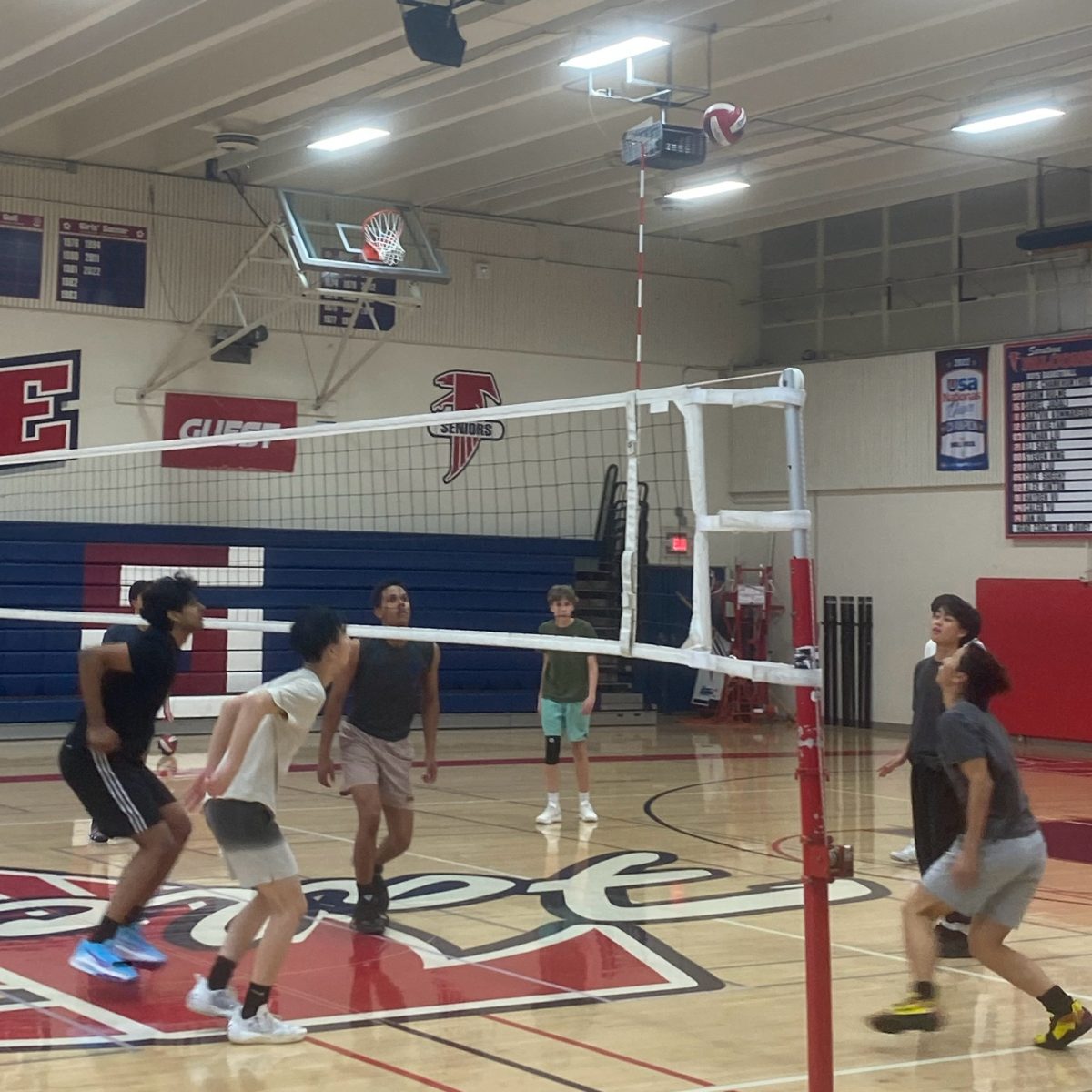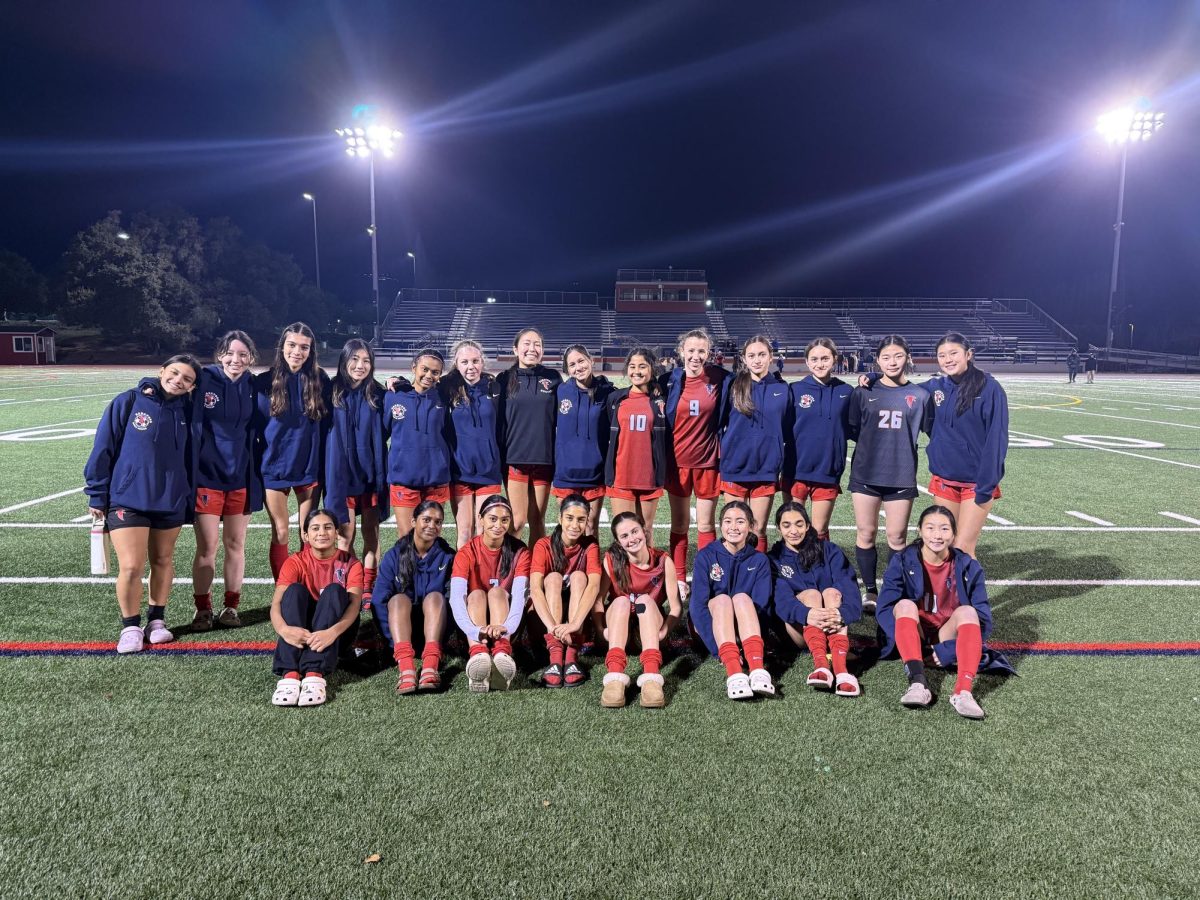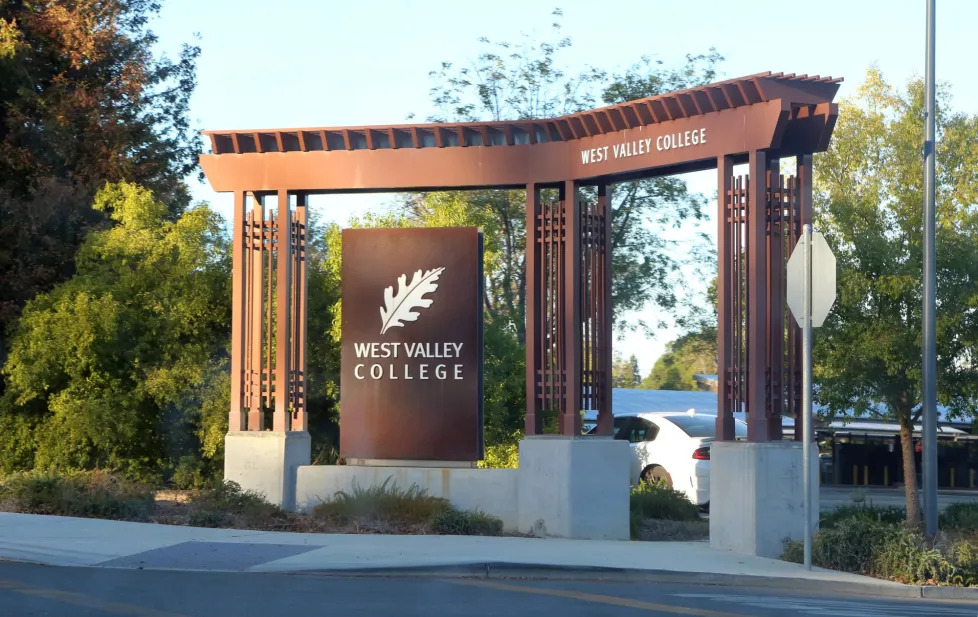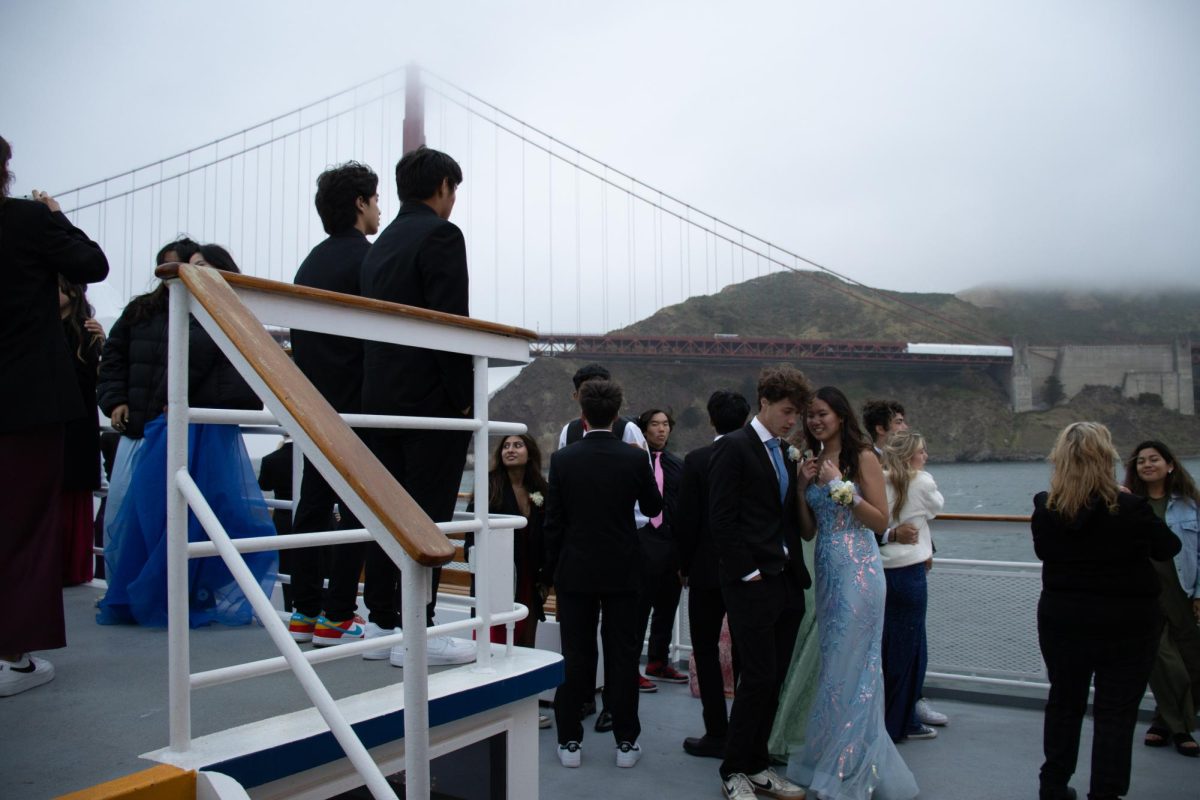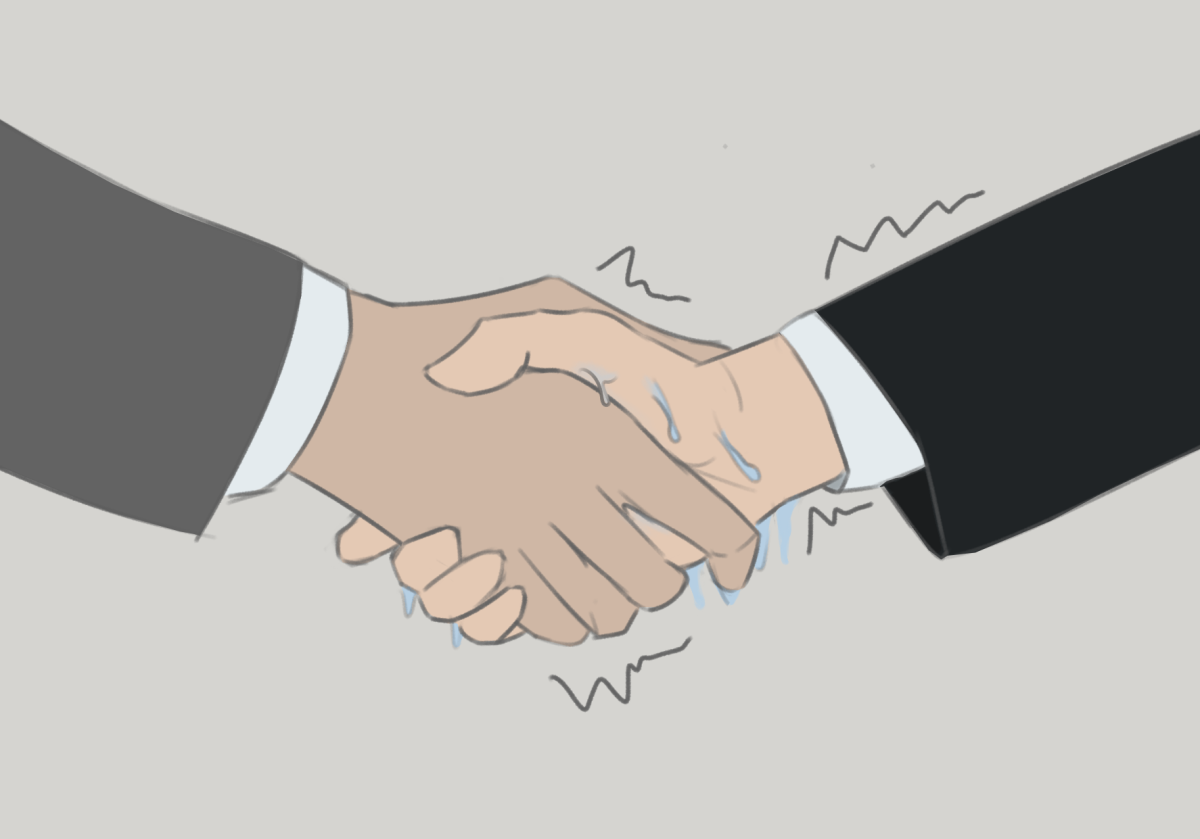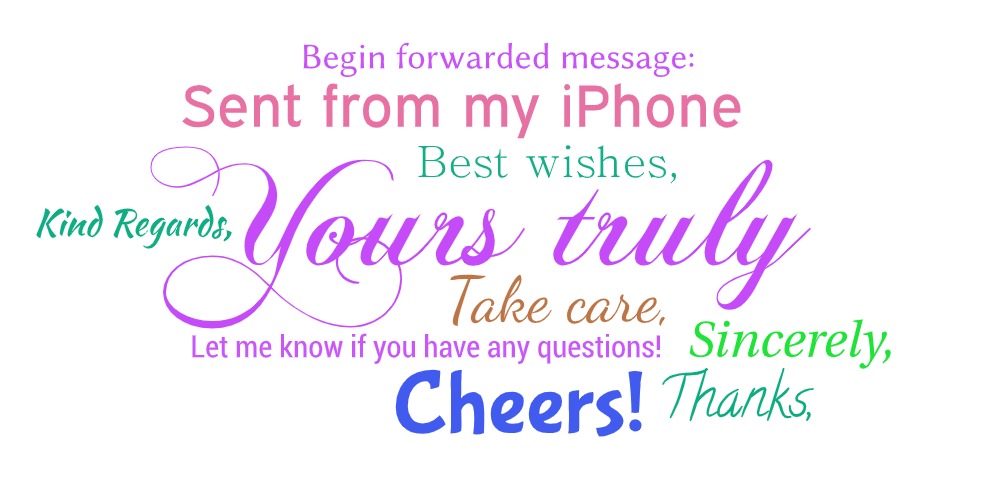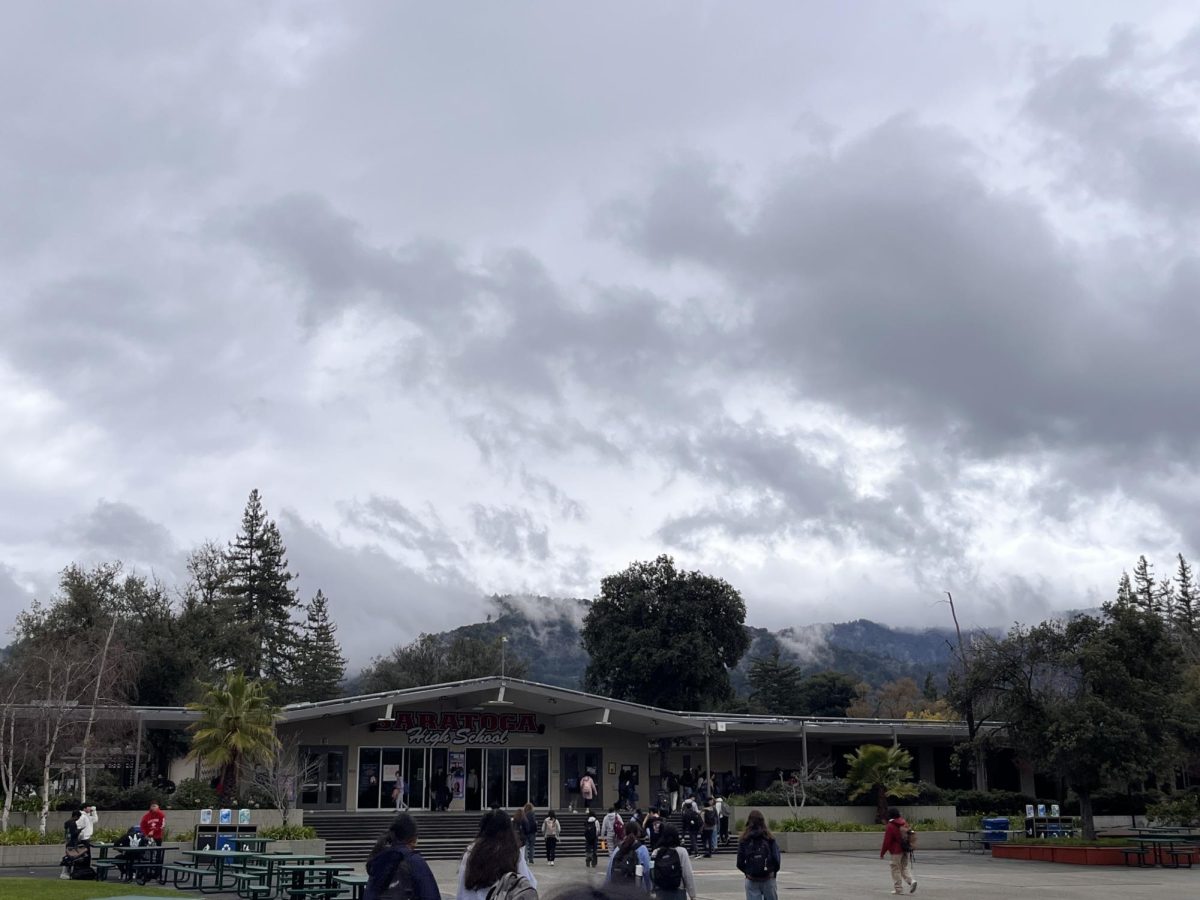Featuring a multitude of welcome cameos, an exciting flight with space whales and an emotional final lightsaber duel between a former master and apprentice, Dave Filoni’s new eight-episode show “Ahsoka” is a refreshing addition to the Star Wars franchise, which has seen little success in the past couple years.
Released on Aug. 22 and wrapping up on Oct. 3, “Ahsoka” takes place after the fall of the Empire, where the main trilogy took place. The show centers around Ahsoka, a former apprentice of Anakin Skywalker (who eventually turns into the villian many know as Darth Vader), as she attempts to stop the rise of a previously exiled Imperial Grand Admiral, who was incorrectly presumed dead.
Upon release, the first three episodes of “Ahsoka,” for most, were a major disappointment because of the stale characters and a predictable and uninteresting plot. Characters did not change or subvert expectations at all in the three episodes and it was obvious that the writers played it very safe when writing the plot, with unnecessarily slow paced plot progression and a general lack of real stakes.
This, compounded with the dissatisfaction many fans feel toward the “Obi-Wan Kenobi” show and “The Mandalorian: Season 3,” has led to many wondering if the future of the franchise was in jeopardy.
However, the recent fourth, fifth and sixth episodes have managed to change many fans’ perception of the show.
Perhaps the biggest factor in this change is the increased amount of fan service, where a show adds in material and characters that are not necessarily relevant to the plot but serve as a way to please older fans through nostalgia, excitement or both. For “Ahsoka,” the fan service often came in the form of throwbacks to old shows like “Star Wars: The Clone Wars” and “Star Wars: Rebels” — shows often held in extremely high regard by older fans.
With welcome appearances from key characters like Anakin Skywalker and Captain Rex as well as short revisitations of scenes like The Battle of Mandalore in various flashbacks — all of which originally came from older shows and movies — the fan service offered nostalgia for older fans while avoiding feeling excessive the way it did in shows like “Obi Wan Kenobi.”
Furthermore, the much anticipated appearances of Grand Admiral Thrawn and Ezra Bridger, two key characters the “Ahsoka” show centers around, was a pleasant surprise for many fans of the original “Star Wars: Rebels” show, as they were the main protagonists and antagonists of that show.
Of course, fan service can only do so much because it does not please newer fans much. Fortunately, the plot, writing and visuals also improved significantly after Episode 3.
In Episode 5, for instance, viewers were greeted with a great lightsaber fight between the ghost of Anakin Skywalker and Ahsoka that not only was exciting but also exposed the complexity of their mentor-student relationship — characterized by Ahsoka’s conflicting loyalty and Anakin’s hatred due to his fall to the dark side, even after Anakin’s death.
Additionally, viewers see Ahsoka grappling with her past as well, and through her encounter with her former mentor, she learns to move forward from the pain of losing Anakin to the dark side.
Furthermore, characters like Sabine Wren, a main protagonist and returning character from Star Wars rebels, revealed a new layer of depth. Sabine was initially bland and uncompelling as she did not do much to move the plot forward. In one instance, however, she must decide between helping the enemy and saving her friend or saving her mentor, Ahsoka. In an unexpected turn of events, despite her verbal commitment and loyalty to Ahsoka and setup as a main protagonist, she ends up choosing the former, reflecting a more unpredictable plot in the most recent episodes.
The CGI in the show, which was impressive even at the start, seemed to have improved even more in the latest episodes. Viewers were treated to great views of the legendary Purgills (which are essentially space whales that can travel at light speed), sweeping vistas of various planets and menacing, yet awe-inspiring views of Grand Admiral Thrawn’s gargantuan modified Imperial Star Destroyer spaceship.
The CGI visuals all contribute to a more polished and cinematic looking show, something lacking in previous shows like “The Mandalorian” which primarily relied on virtual production sets.
After these mid-season episodes, I hoped that the show would carry on the strengths of Episodes 4 and 5.
Now, as the season wraps up, I can say that the show never reached the highs it did in its mid-season, but still kept up the quality well enough to carry it on through the finale. The plot at the end of the season was predictable and sometimes slow, but it was never slow enough for interest. Furthermore, a lot of anticipation was built up by many references to a singular, unknown, “greater threat” to every single character, making the tension in each episode palpable. Unfortunately, the story of this unknown threat ended in a cliffhanger, so it will probably be the second season’s job to flesh out what exactly that threat truly is.
Considering the spectacular job the mid-season turnaround did for the show, the quality of production and the sometimes predictable but overall exciting plot, “Ahsoka” is a worthy contender for being among the best shows from the Disney Star Wars era.

